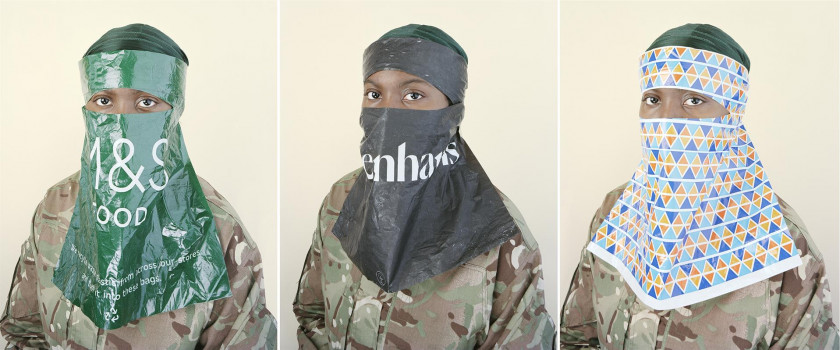From the series "Anton's hand is made of Guilt. No muscle of Bone. He has a Gung-ho finger and a Grief-stricken Thumb"
photography


2023
Chromogenic proofs mounted on aluminium
60 x 40 cm (x3)
This work is part of a research project based on a real event: the death of a friend, photojournalist Anton Hammerl, during the civil war in Libya in 2011. The circumstances surrounding his disappearance, as well as the absence of information and any traces (the body was not found; there were no official testimonies or evidence), spurred Edgar Martins to begin a research project which, rooted in reconstructing Anton's journey, is also a reflection on the role and ethics of documentary photography in situations of conflict, mourning and trauma.
The research took place on several fronts, including forays into the intricacies of the dark web and trips to the places Anton has travelled in North Africa. Throughout the process, Edgar Martins ended up meeting several people who had been involved in the Libyan conflict, and others who, although they had not directly experienced the horrors of that war, suffered from its impacts and consequences. These meetings, in which stories were shared in almost cathartic sessions, resulted in a number of drawings and photographs.
Aware of the limits of research and the distortion of results due to the precariousness of testimonies and memory itself (individual and collective), Edgar Martins chose to develop a work that combines the capture of reality with the recording of staged situations that interpret or emphasise that same reality – as is the case with this triple portrait. The use of different strategies of visual representation, in a play between documentation and creation, provides the key motif for questioning the power dynamics between photographer and subject, and for questioning the role of photojournalism both as an instrument of misrepresentation of events (whether inadvertent or not), and as a medium that often contributes to a certain aestheticisation of horror.